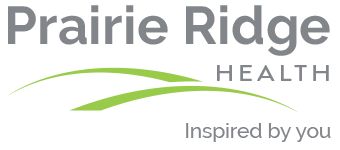Wellness Visit / Annual Preventative Appointment
Review the resources below to prepare for your visit. See you soon!
What is preventative care?
A Wellness Visit (or Preventive Care Visit) is typically a yearly appointment to discuss your plan of preventive care in the coming year. During the first Annual Wellness Visit, you and your doctor or health care provider will create a prevention plan based on your needs for the coming year. Both Preventive and diagnostic medical care both play an important part in keeping you as healthy as possible.
For more information on the difference please go to Preventative vs Diagnostic Medical Care.
Why are wellness visits important?
Regular health exams and tests can help find problems before they start. They also can help find problems early, when your chances for treatment and cure are better. By getting the right health services, screenings, and treatments, you are taking steps that help your chances for living a longer, healthier life. Your age, family history, lifestyle choices, and other important factors impact your health and determine what kind and how often you need healthcare.
Where should I go for my wellness visit?
How often should I go?
The frequency of one’s wellness visits depends on one’s age.
What Do I Need to Do Before Making an Annual Wellness Visit
Call your insurance provider to ask if:
- Your provider is covered and “within network” for your plan
- The facility is covered and “within network” for your plan
- What preventative screenings are covered at this time:
- Flu Vaccine
- Mammogram
- Colonoscopy
- Labs
- Immunizations
For additional preventative screening information please visit:
Review your family health history
Are there any new conditions or diseases that have occurred in your close relatives since your last visit? If so, let your health care provider know. Family history might influence your risk of developing heart disease, stroke, diabetes, or cancer. Your provider will assess your risk of disease based on your family history and other factors. Your provider may also recommend things you can do to help prevent disease, such as exercising more, changing your diet, or using screening tests to help detect disease early.
Review and ask if you are due for any general screenings or ...
Know the last dates of your general screenings and vaccinations, you can complete the chart below, print and take it with you to your appointment as tool to allow fluid discussion with your provider:
Check with your health care provider to see if it’s time for any vaccinations, follow-up exams, or tests. For example, it might be time for you to get a Pap test, mammogram, prostate cancer screening, colon cancer screening, sexually transmitted disease screening, blood pressure check, tetanus shot, eye check, or other screening.
If you have a specific issue or concern you are wanting to discuss, then the appointment needs to be reclassified as a “health care concern/issue” this can be done by calling the receptionist and letting them know of the change.
Female- download


